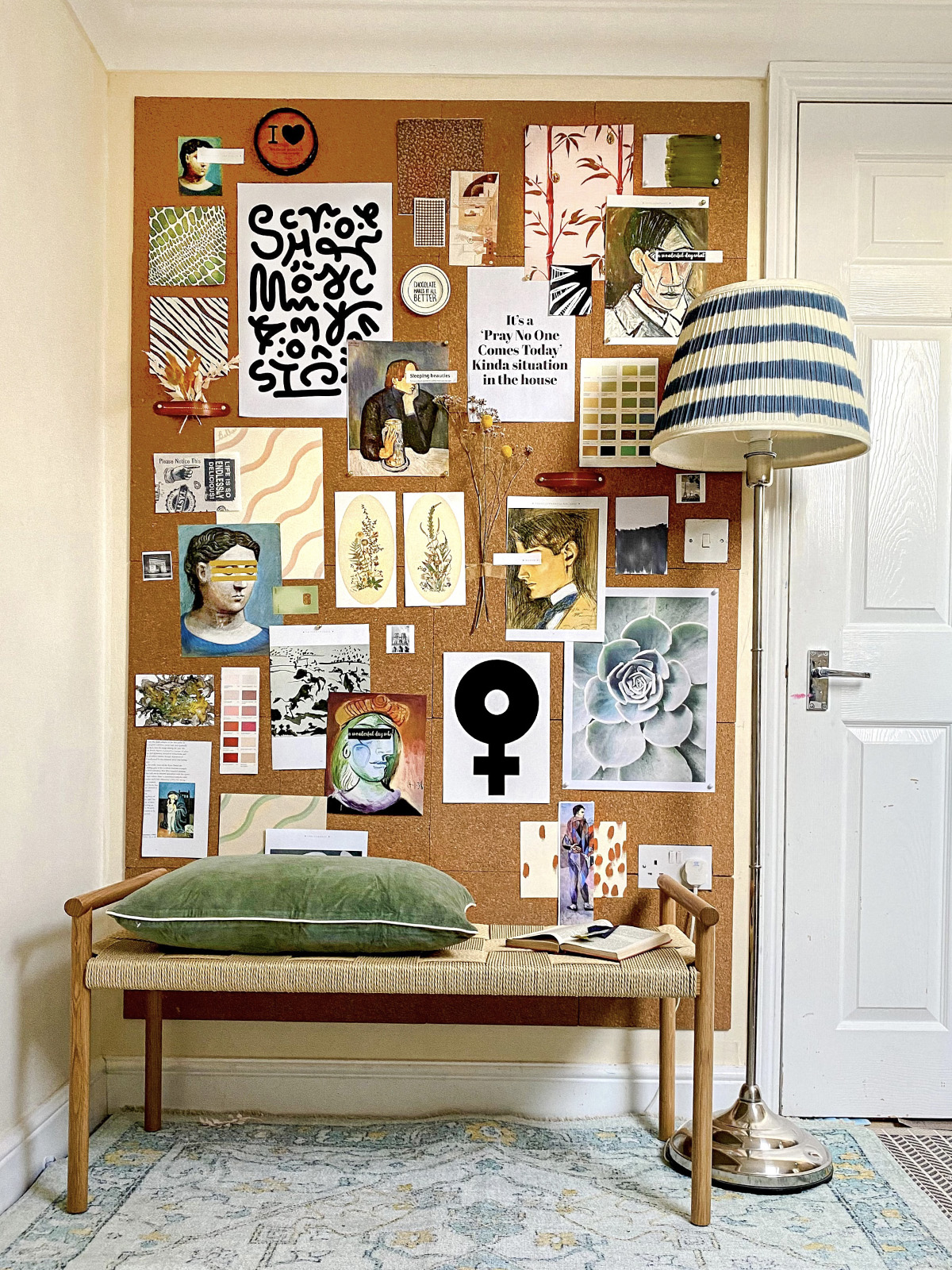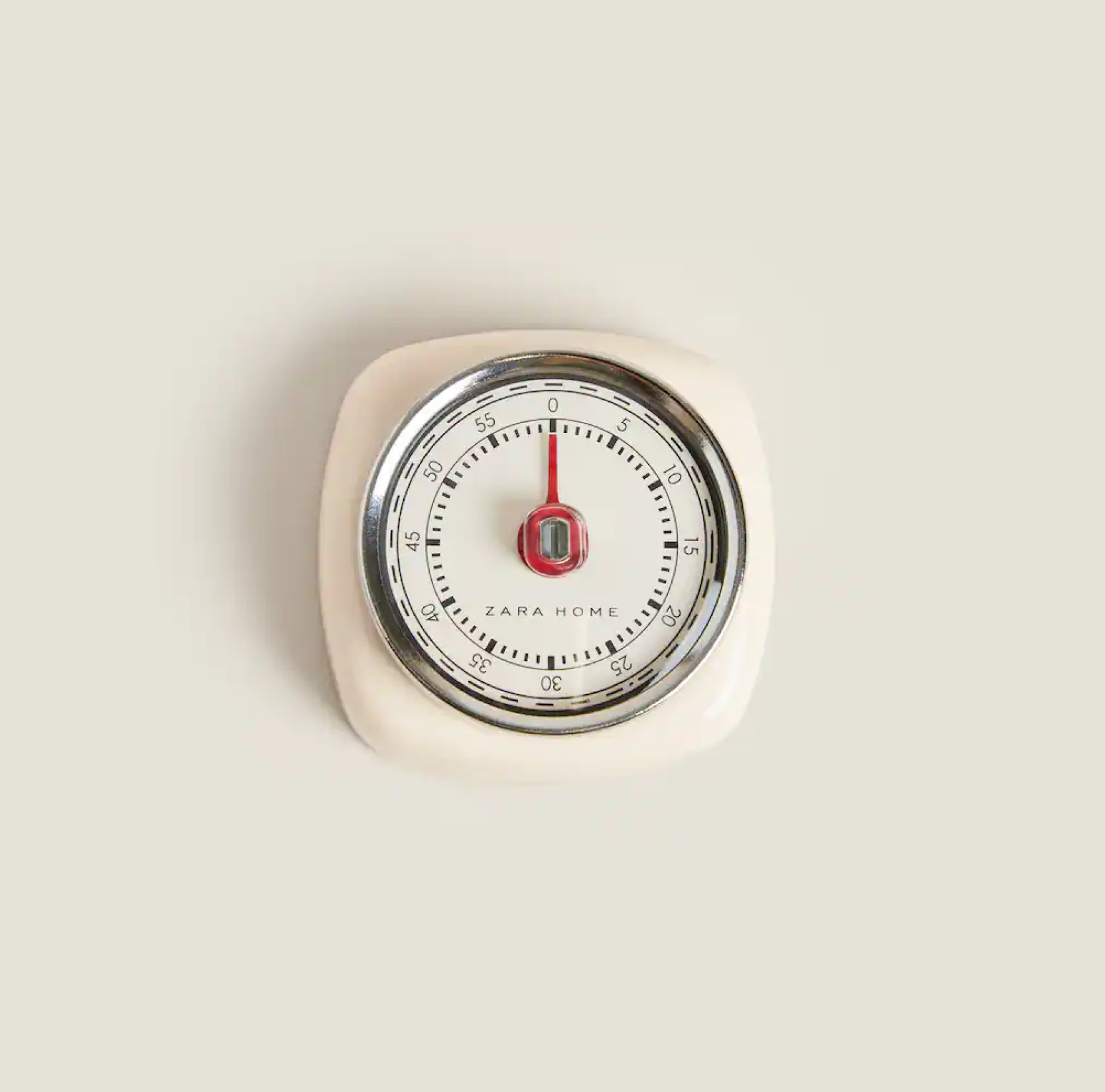unsung spaces: home office
While I revel in the freedom and flexibility that comes with working from home, I hate the idea of my home, looking like my office. There’s nothing worse than settling in on the sofa and then spotting your laptop staring at you, daring you to check your email or filling your head with Sunday Scaries. This guide aims to show you how to work from home, without work taking over your home.
Create a space that enables you to put work ‘away’
In an ideal world, we’d each be able to dedicate a room to our home office to create a space with a clear boundary and purpose so you can shut out your work once you’re shut down your laptop. While this is a privilege few can afford, there are ways to still create boundaries between your workspace and home life regardless of your budget.
Assuming you have the space, instead of dedicating a room to your office, you could convert a walk-in wardrobe or alcove. Equally you can use curtains to divide a space you already have, whether that’s cordoning off a section in a room or between your ‘under the stairs’ and it’s surrounding space. Or, finally, you can use your desk to create a boundary. You can do this with either a hide-away / roll top desk, or making sure your desk includes a shelf or drawer that you can put your laptop in.
If you’re looking for a hide-away style desk it’s worth checking out your local antique, vintage or charity shop: this type of desk was first seen in the 17the century and has continued to evolve, so there are plenty of second hand options available. If you’re looking online, use the following search terms: secretary desk, writing desk, roll-top desk or bureau. This type of desk was first seen in the 17th century and has continued to evolve, so there are plenty of second hand options available.
Second image: Interior design by WOM Interior Design Third image: Closet desk made by Katelyn Richardson.
invest in a proper desk set-up
If you have an office job, you spend 75% of your day sitting down. To protect your back, and try not to sit like a croissant (guilty) you’re going to need a comfortable chair. Sadly, the age old design compromise of form vs. function is also true to office furniture. Buying something ergonomically designed that isn’t a total eye sore is going to set you back a fair whack, but remind yourself of your cost per use. Assuming this is a piece of furniture you’re going to use multiple times a week or even daily, it’s a worthwhile investment.
If you can’t seem to girl-math your way into something that’s ergonomically designed just make sure your desk chair supports your back (and ideally neck), and that your desk is set to a height where your screen is at, or slightly, below your eye level when sat up straight. There’s also plenty of standing desk DIYs to make even the most basic of desks aesthetic.
choose your view
Ideally we’d all be able to place our desk directly in front of a window, but just being near a window will have the same positive effect. Being able to see nature, in whatever form, helps reduce stress. And having a view to look over enables your mind to wander when you need to be creative, and acts as a reminder to give your eyes a break from the screen (in theory, every 20 minutes we should be looking 20 feet away in order to reduce eye strain).
For those of us lucky enough to have a room dedicated to our home office - or the space to do so - don’t place your desk against the wall by default. While having your desk facing the wall is a must for many, it risks making you feel ‘trapped’, with all of your energy and focus being directed at a dead end. Placing the desk in the middle of the room (or choosing an L-Shaped desk) with one edge anchored to a wall, gives you the space to think without exposing your cables.
First image: Interiors by Rina Lovko Design Studio. Second image: Interiors by VF Home & Design.
make use of vertical space
Maximising the space above your desk is a great way to keep your workstation clutter free. Adding open shelving enables you to keep your most important bits at arms reach - whether that’s stationary, books or paperwork - without them getting in your way. You could always pair or swap shelves for peg boards or pin boards to organise references and important notes.
Shelves not only provide much needed storage space, they also bring an element of decoration, without impacting your workspace. Add plants to your shelves to increase your air quality while working. Try not to add too many decorative elements to your work station as it risks adding visual clutter (read: eye-wandering distractions) and impacting your work space (you don’t want to have to re-arrange or move any ornaments in order to work).
First image: Interiors by Insidy. Second image: Interiors by Keshiki. Third image: Interiors by Sophie Robinson.
get an egg timer, no really
If you, like me, struggle to stay focused try the Pomodoro technique, all it requires is an egg timer. It’s interval based work where you set a timer to work (usually 25 minutes) and then reward yourself with a break (usually 5 minutes). I don’t strictly follow the intervals, but I find the timer really helps me get into focus mode quicker and I find its ticking presence has a similar effect to body doubling (having someone working with you to keep you accountable and on track).
Failing that, make sure you can easily see a clock so you don’t lose track of time.

















